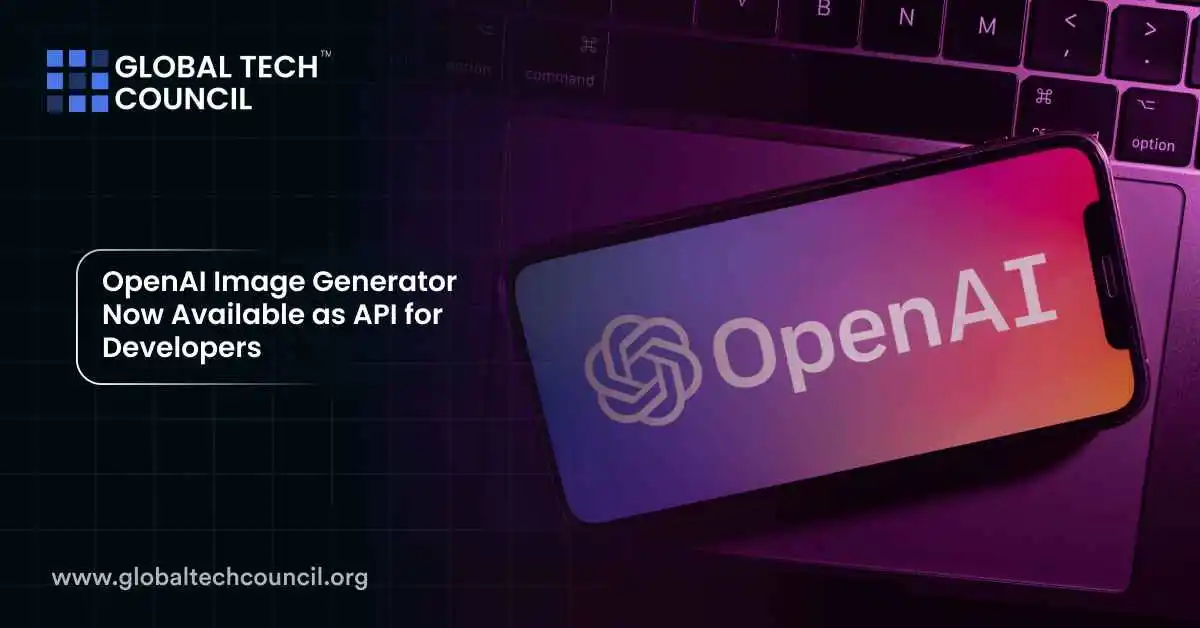
What Is the OpenAI Image Generator API?
The gpt-image-1 API lets developers generate images based on simple text descriptions. Whether you want to create artwork, design mockups, or generate visual content for a website, you can now do it automatically. Developers can feed a short prompt like “A sunset over the mountains in watercolor style,” and the AI will generate a detailed image based on it.
OpenAI’s new model is also multimodal. This means it can work with both text and image inputs, helping to create or edit visuals quickly.
Why the API Launch Matters
Before this launch, OpenAI’s image generation models like DALL-E were only available through limited platforms. Now, with API access, businesses can build their own apps, websites, and services around OpenAI’s image capabilities. It gives developers much more flexibility and creative control.
Industries like gaming, marketing, fashion, education, and content creation can now easily integrate AI-generated images into their work.
Features of the gpt-image-1 API
The OpenAI image generator API offers several features designed for ease of use and high performance:
- Text to Image: Create detailed images from short text prompts.
- Image Editing: Edit existing images by providing new instructions.
- Custom Style Options: Choose styles like realistic, cartoon, watercolor, oil painting, and more.
- Batch Generation: Create multiple images at once.
- Text Rendering: Add accurate and readable text inside images.
These features make it a complete tool for developers who want to integrate creative visual solutions without designing manually.
Applications of OpenAI’s Image API
The gpt-image-1 model can be used in many ways:
- Marketing and Advertising: Create ad creatives, social media posts, and promotional banners automatically.
- E-Commerce: Design product mockups, catalogs, or dynamic advertisements based on customer preferences.
- Education: Generate educational illustrations, diagrams, and training visuals.
- Gaming: Develop game assets like characters, backgrounds, and objects without manual artwork.
It can even help personal bloggers, YouTubers, and small businesses produce high-quality graphics without hiring a professional designer.
Key Uses of the OpenAI Image Generator
| Use Case | How the API Helps |
| Marketing | Generates ad images and promotional banners |
| E-commerce | Creates product images and variations |
| Education | Produces educational graphics and materials |
| Gaming | Designs game characters and backgrounds |
| Content Creation | Provides visuals for blogs, YouTube, and social media |
Pricing for Developers
The OpenAI image generator follows a usage-based pricing model:
- $5 per 1 million text input tokens
- $10 per 1 million image input tokens
- $40 per 1 million image output tokens
This structure allows startups and big businesses alike to scale their usage depending on how many images they want to generate.
OpenAI’s pricing is competitive compared to other AI image generation platforms. It also offers better customization and editing features, giving developers more value for money.
How to Access the API
Developers can get started by signing up on OpenAI’s platform. Once signed up, they can generate API keys, access the documentation, and start building their apps immediately.
Here’s a simple process:
- Create an OpenAI developer account.
- Get API keys from the developer dashboard.
- Follow the documentation to integrate the image generation API.
- Start creating and customizing images.
OpenAI also provides a Playground where developers can test prompts and see results before full integration.
How to Start Using OpenAI Image API?
| Step | Action |
| 1. Create an account | Register at OpenAI platform |
| 2. Get API key | Generate API keys from the dashboard |
| 3. Read documentation | Follow guides to understand API usage |
| 4. Start building | Integrate API into your app or service |
Why This Matters for Businesses
Businesses that integrate AI-generated visuals into their services can work faster, lower design costs, and offer more personalized experiences to users. Marketers can create dynamic ads in minutes. E-commerce sites can show customers personalized product images. Educational platforms can generate custom illustrations for students.
The use cases are endless, and companies that adopt this technology early will have a strong competitive advantage.
If you are interested in exploring how AI can help you grow your career or your business, consider investing in professional training. Earning a Data Science Certification can help you understand AI technologies better. You can also upskill with a Deep Tech Certification or strengthen your career with a Marketing and Business Certification.
Conclusion
OpenAI’s release of its image generator API is a major step in making AI art generation more accessible and practical for developers. With its simple integration process, flexible pricing, and advanced features, the gpt-image-1 API will empower businesses to create more dynamic and engaging products.
Whether you are building an app, a game, a marketing tool, or an educational platform, OpenAI’s new API offers everything you need to bring your creative ideas to life, faster and easier than ever.